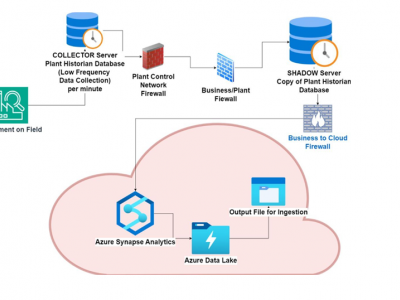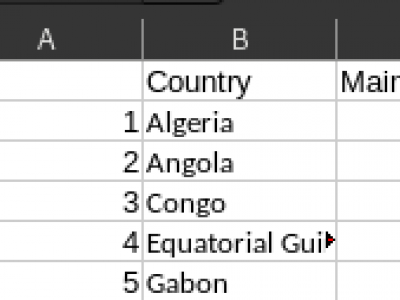Machine Learning

We utilized Digital Ocean's cloud service, setting up three Linux virtual machines, each with 1vCPU, 1GB of memory, and a 10GB disk. The architecture included an API gateway for routing requests to a stateless application service backed by a database for storing application data. The application operates the service under a fluctuating workload generated by a load-testing script to simulate real-world usage scenarios. The target source or the application service is integrated with Prometheus, a monitoring tool for gathering system metrics.
- Categories:
 563 Views
563 Views
Regular and rigorous inspection of outdoor insulators is essential for uninterrupted power grid operation. Recent advances in computer vision enabled replacing conventional subjective, costly, and inefficient visual insulator inspection with automated diagnosis from unmanned aerial vehicle (UAV) taken images. In this study, advanced computer vision algorithms, namely, family of YOLOv3 and YOLOv5 architectures, are trained and compared for classification of frequently encountered insulator mechanical faults from UAV images.
- Categories:
 217 Views
217 ViewsThis article presents a dataset collected from a real process control network (PCN) to facilitate deep-learning-based anomaly detection and analysis in industrial settings. The dataset aims to provide a realistic environment for researchers to develop, test, and benchmark anomaly detection models without the risk associated with experimenting on live systems. It reflects raw process data from a gas processing plant, offering coverage of critical parameters vital for system performance, safety, and process optimization.
- Categories:
 992 Views
992 Views
This dataset is derived from Sentinel-2 satellite imagery.
The main goal is to employ this dataset to train and classify images into two classes: with trees, and without trees.
The structure of the dataset is 2 folders named: "tree" (images containing trees) and "no-trees" (images without presence of trees).
Each folder contains 5200 images of this type.
- Categories:
 442 Views
442 Views
Computer vision (CV) techniques help to perform non-destructive seed viability detection (SVD) for faster, more efficient and fairer results. However, the seed vigor dataset currently suffers from insufficient number of samples, data noise, and imbalance of positive and negative samples.
- Categories:
 382 Views
382 Views
The dataset tracks the performance of eight stock market indices, from six countries. The indices are: IPC, S\&P 500, DAX, DJIA, FTSE, N225, NDX, and CAC. The time period is from the 1st of June 2006 to the 31st of May 2023.The index and the FX data are sourced from Yahoo Finance, and the rest of the variables are retrieved from the OECD.
- Categories:
 2029 Views
2029 Views
This paper presents a deep learning model for fast and accurate radar detection and pixel-level localization of large concealed metallic weapons on pedestrians walking along a sidewalk. The considered radar is stationary, with a multi-beam antenna operating at 30 GHz with 6 GHz bandwidth. A large modeled data set has been generated by running 2155 2D-FDFD simulations of torso cross sections of persons walking toward the radar in various scenarios.
- Categories:
 14 Views
14 ViewsTo achieve improved multi-node temperature estimation with limited training data in Permanent Magnet Synchronous Motors (PMSMs), a novel approach of a Lumped-Parameter Thermal Network (LPTN)-informed neural network is proposed in this paper. Firstly, the parameter and model uncertainties of third or higher-order LPTNs with global parameter identification for temperature estimation are systematically stated based on numerical analysis.
- Categories:
 444 Views
444 ViewsTowards an accessible vision-based exam and documentation solution using a smartphone/tablet device, we conduct a comprehensive multi-test digitized neurological examination (DNE) dataset collection, namely DNE-113. Collected over 113 participants, DNE-113, a multi-test DNE database of finger tapping, finger to finger, forearm roll, stand-up and walk, and facial activation tests. Patients in DNE-113 were diagnosed with Parkinson’s disease (PD) or at least one other neurological (OD) disorder, based on their clinical record.
- Categories:
 812 Views
812 ViewsQuantification and analysis of global oil trade networks reveals deep insights into a nation's development and influence at a global scale. Further, it allows us to predict future trends and changes to adapt state policy as the crude oil market influences the balance of power among the developed and emerging economies alike as it is central for energy needs as well for industrial progress.
- Categories:
 420 Views
420 Views


